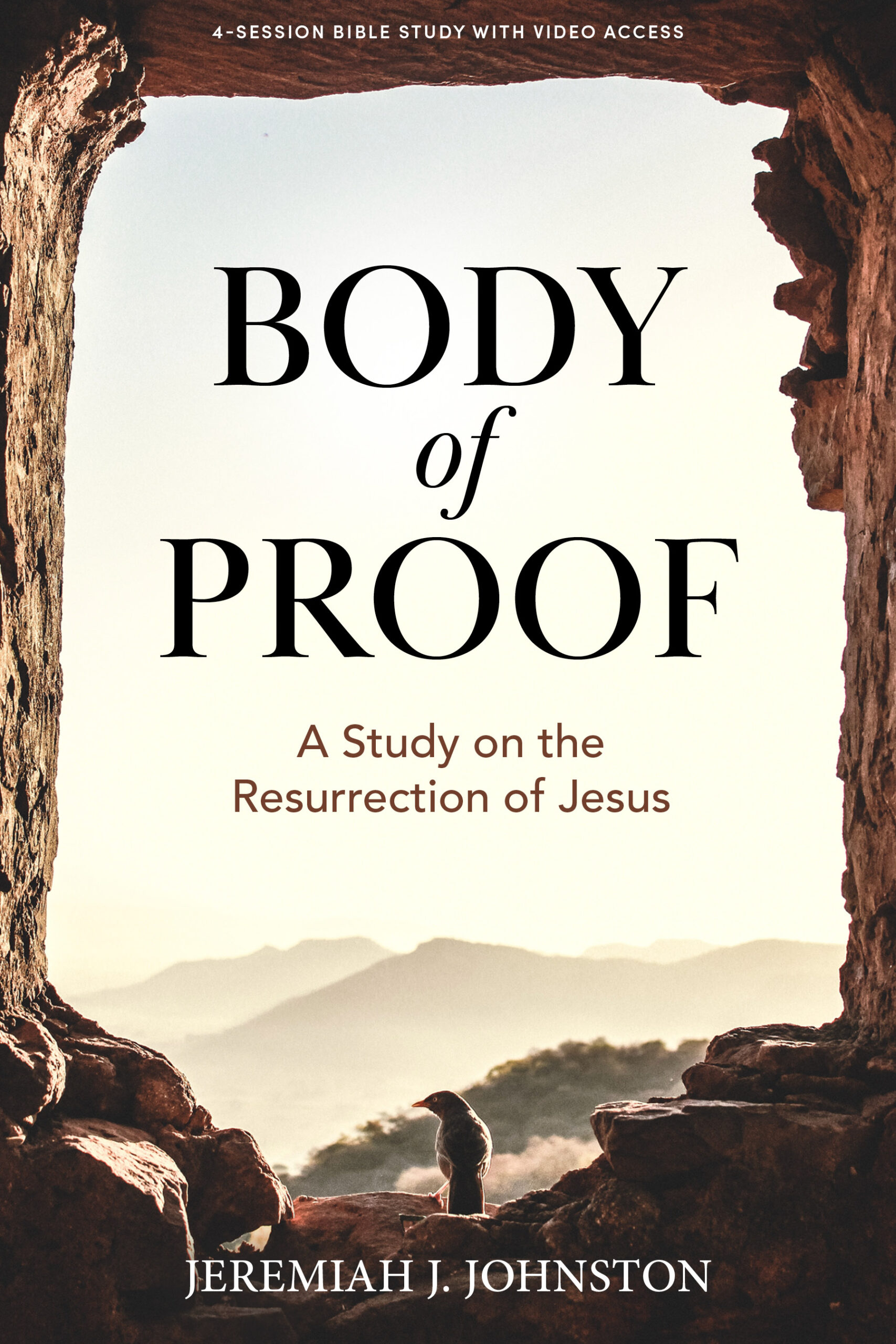Joining or leading a discipleship group can be an intimidating and seemingly complicated process for people in our churches. While there are certainly a lot of details to think through, the basic mission for any group or relationship should come from the singular command Jesus left us in Matthew 28:19: “Go, therefore, and make disciples of all nations”.
We can see from this passage that Jesus made it simple—we are to make disciples. If our groups are built on this command, when shifting in relationships occur, the foundation is still strong. Relationships on their own are fragile, but when partnered with intentional discipleship, they can be the catalyst to sustained life-change.
If we are following Jesus’ great commission, then it makes sense to also follow the pattern He left us in forming discipleship communities. We can see through scripture that Jesus created disciples through four different types of groups.
1. Group of Many
So, where did Jesus start? He didn’t look to gather a huge crowd or even a small group of people, but he began in the community he found himself. We can see this pattern starting with Jesus as a boy in the temple.
After three days they found him in the temple courts, sitting among the teachers, listening to them and asking them questions. – Luke 2:41-46
Jesus intentionally spent time with people and asked questions. He wanted to understand before moving on to what was next. Our first “group” should be the community we find ourselves in. Our neighborhoods, our coffee shops, our office, or anywhere we interact with people to ask questions and understand their stories and experiences. This is our first mission field. Look for those natural interactions that can lead to relationships.
2. Group of Twelve
The next community Jesus engaged with was his group of twelve disciples. He intentionally and prayerfully chose twelve men to walk with him and carry on the mission when he was gone. After Jesus had returned to heaven, we can see this practice of meeting together in smaller groups continued by the early church in Acts 2:42-47.
They devoted themselves to the apostles’ teaching, to the fellowship, to the breaking of bread, and to prayer. Everyone was filled with awe, and many wonders and signs were being performed through the apostles. Now all the believers were together and held all things in common. They sold their possessions and property and distributed the proceeds to all, as any had need. Every day they devoted themselves to meeting together in the temple, and broke bread from house to house. They ate their food with joyful and sincere hearts, praising God and enjoying the favor of all the people. Every day the Lord added to their number those who were being saved.
It is clear in this passage that the early church devoted themselves to God and each other through both corporate gatherings (the temple) and in the home (house to house). We are now carrying on this 2000-year-old tradition by launching groups to meet in homes, apartment clubhouses, office break rooms, church classrooms, or anywhere that a group of 8-12 people can meet together to have community (fellowship), discipleship (prayer, wonders and signs), and mission (sold their possessions and added to their number).
3. Group of Four
Even as Jesus did ministry with the twelve, there were three disciples he spent the most time with: Peter, John, and James. We can see this special relationship play out in Mark 14:32-24.
They went to a place called Gethsemane, and Jesus said to his disciples, “Sit here while I pray.” He took Peter, James and John along with him, and he began to be deeply distressed and troubled. “My soul is overwhelmed with sorrow to the point of death,” he said to them. “Stay here and keep watch.”
He formed this smaller group of four, and allowed them more access throughout his ministry, because he understood the importance of time spent with just a few to carry on the work. As disciple-making deacons, our next step after forming a small group is looking for those 3-4 same-sex people within the group to form more intentional discipleship relationships with outside of the group meeting times.
4. Group of Two
If we look closer at Jesus’ smaller group of four, we see that there was one who was even closer than the others: John. This close relationship is testified to by John in, among other places, John 20:1-2 (emphasis added).
Early on the first day of the week, while it was still dark, Mary Magdalene went to the tomb and saw that the stone had been removed from the entrance. So she came running to Simon Peter and the other disciple, the one Jesus loved, and said, “They have taken the Lord out of the tomb, and we don’t know where they have put him!”
This intimate bond did not mean that Jesus loved the other disciples any less, but it’s obvious that John sought Jesus’ affections more than the rest. We all need that person in our lives who knows us better than anyone else. That person with whom we can share the highest of highs and lowest of lows. He or she may be a mentor, a spouse, or a close friend.
To learn more on how to launch and lead one of these groups, check out my new book, Leading Small Groups: How to Gather, Launch, Lead, and Multiply Your Small Group.





Leave a Comment: